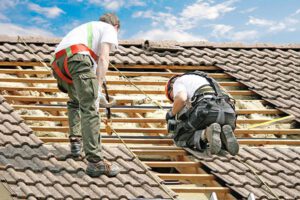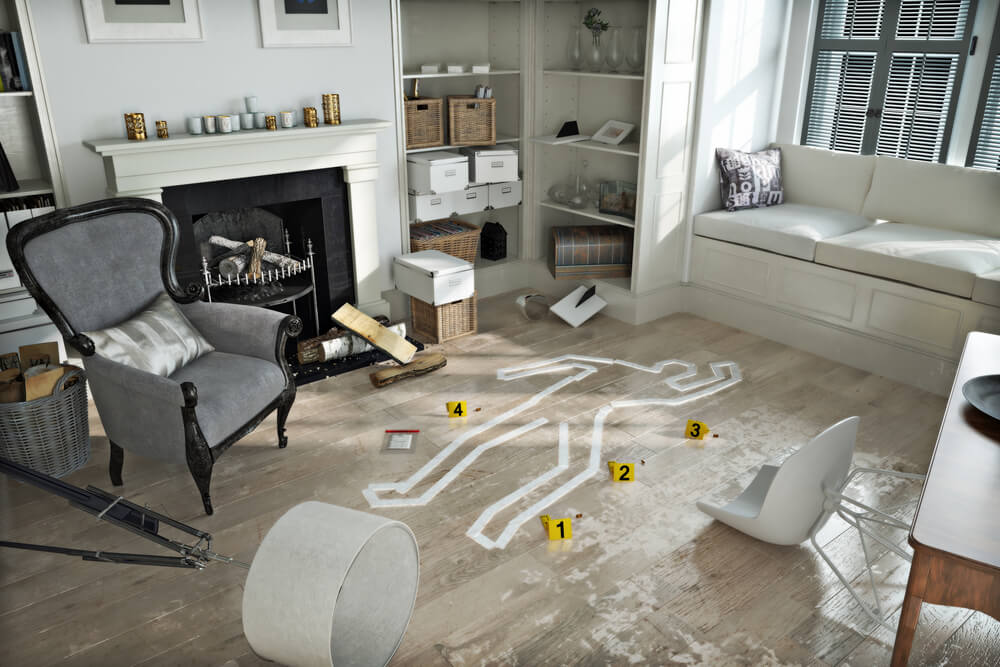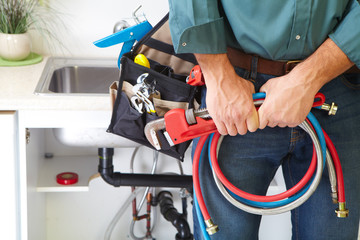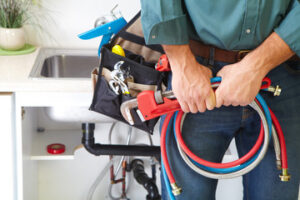A roof in poor condition can significantly reduce the value of a home. Fortunately, it is often possible to avoid replacement and save money by hiring Roof Repair NJ.
Surface repairs, such as replacing missing shingles, are inexpensive and easy to perform. Minor leaks and cracks around gutters, vent boots, and skylights can also be repaired easily.

There are many things that can damage a roof. And even if you can’t fix all of them (like a tornado or whirlwind), a well-maintained roof will keep the vast majority of the damage away from your home.
Obviously, before you can do any work on the roof itself, you need to know what you’re dealing with. There’s a reason every repairman, electrician, plumber and accountant will tell you that before you can solve a problem, you have to know what the problem is.
That means taking a look at your roof from the outside. Look for missing, loose or curled shingles; stains; moss; rust and other signs of aging. Also pay attention to the ground below your roof to see if there are piles of shingle aggregate or any other indication that the shingles have been removed.
If you can, climb up on a ladder and get an up close look at the condition of your roof. Look for sagging or damaged areas, and also watch for rust or water stains in the gutters below your roof.
Also check the flashings around chimneys, dormers and vent pipes. These are the places where leaks can most commonly occur and lead to rotted framing and sheathing and destroyed insulation inside your home.
Of course, the best time to do an inspection is just after a heavy rain when water infiltration is most apparent. You should also check the attic and ceilings for signs of leakage – damp stains, mold and rot are red flags. If the leaks aren’t dealt with quickly, they can become much worse over a short period of time, damaging drywall and causing expensive water damage to your belongings.
When you’re doing a roof repair, the last thing you want is to fall off the ladder and hurt yourself. It’s best to get up there only when the weather is good, not during howling gales, torrential rain or a blizzard.
While you’re on the roof, wear protective clothing and rubber soled shoes. Be especially careful when going over a chimney or dormer because these are where a lot of water will concentrate. Also look for leaks in the flashings (metal materials that redirect water) around these structures, and any spots that have deteriorated or rotted, as this could lead to the interior structure of your home being damaged.
The inside of your attic should be inspected as well. You’ll be looking for stains in the ceiling and wood damage, including rotting, mold and dampness. You’ll also be looking for telltale drip marks, or “flow marks,” on the rafters and wood framing. These will show where the water is escaping from your roof and causing interior damage.
You may also want to check the insulation in your attic to ensure that it is not contaminated with moisture, which would decrease its efficiency. It’s a good idea to walk around the attic, as well, as this will let you see how your roof is ventilated and help you spot any areas that need work.
Assuming you have a sturdy ladder and are ready to begin, start at the edge of your roof and strip it of its shingles. Work slowly and carefully to prevent shingles from falling off the roof at once. You can use a notched roofing tear-off shovel, but a garden fork is often preferred as it is more efficient and less likely to get caught on nails. Be sure to remove any flashing in the valleys of the roof and over any plumbing vents only after you have removed all the shingles around them.
Starting at the edge of your roof, remove the shingles, assuming you have a sturdy ladder and are prepared to get started. To avoid having all of the shingles fall off the roof at once, proceed cautiously and slowly. Though a garden fork is often preferred because it is more effective and less likely to catch on nails, you can use a notched roofing tear-off shovel. Make sure you take off any flashing over plumbing vents and in the valleys of the roof only after you have taken off all the shingles surrounding them.
Once you have stripped the shingles from the area around the damaged spot, look at the rest of the roof to see how much work is needed. Missing shingles allow moisture to penetrate the roof and cause structural damage in your home. In addition, standing debris provides a safe harbor for animals such as squirrels and raccoons to enter your attic and cause further damage to the shingles and other elements of your home.
If the damaged shingle is simply cracked or torn, you may not need to replace it. Instead, reseal the crack or tear with a bead of roofing sealant.
If you need to replace the shingle, first, slide your flat pry bar under the front edge of the target shingle to break the sealant bond. This is best done in cool weather because the shingle sealant will be more easily sheared off with the pry bar edge when it is cooler. Once the shingle is loose, you can lift it and its nail at the same time and then remove them with a hammer. You can now move on to the next shingle.
Anyone who has ever seen roof repair work being done will agree that it is a messy business. There is a lot of debris to clean up, and the contractor will need to keep supplies and tools organized. This will help reduce the risk of damage to your belongings in the attic or to the ceilings below.
If you have children, consider having them stay at Grandma’s or a friend’s house while the roof is being repaired. This will prevent them from getting frustrated or getting hurt by stray nails or other materials during the repair process. It will also be better for the pets, who might not like all of the hammering and other noise.
It’s a good idea to remove any large tree limbs that might have fallen on the roof. These should be removed safely with a broom or other tool that will not scratch or gouge the shingles. Then you will need to cover the area with a tarp that is big enough to extend out over the problem areas and up to the peak. The tarp should be secured to the flashing or shingles with roofing nails to prevent water from seeping through or under it.
Leaks around a vent pipe or other mechanical pipe are often caused by base flashing that has been damaged or deteriorated over time. This is the piece that seals the gap where the pipe enters the roof, and it is a common cause of leaks into homes. A thorough assessment of the entire assembly including the rain cap, storm collar, and pipe itself can reveal what needs to be fixed or replaced. If this part is a primary source of leaks into the home, a more comprehensive repair is needed, which will increase the cost of the repair.
Base flashing that has deteriorated or been damaged over time is frequently the cause of leaks surrounding vent pipes or other mechanical pipes. This component, which closes the opening where the pipe enters the roof, is frequently the source of leaks into houses. Performing a comprehensive evaluation of the complete assembly, encompassing the rain cap, storm collar, and pipe itself, can disclose any necessary repairs or replacements. Should this component be the main cause of leaks into the house, a more involved repair will be required, raising the repair’s cost.




 The fish tape is an essential tool for handypersons, as it can make it easier to run cables or wires through a wall. However, it can be tricky to use and requires a lot of practice. Some tips and tricks for using this tool include ensuring that you have the right length of fish tape and wrapping it properly. This will help to prevent damage from snagging or getting caught on couplings in the walls.
The fish tape is an essential tool for handypersons, as it can make it easier to run cables or wires through a wall. However, it can be tricky to use and requires a lot of practice. Some tips and tricks for using this tool include ensuring that you have the right length of fish tape and wrapping it properly. This will help to prevent damage from snagging or getting caught on couplings in the walls.